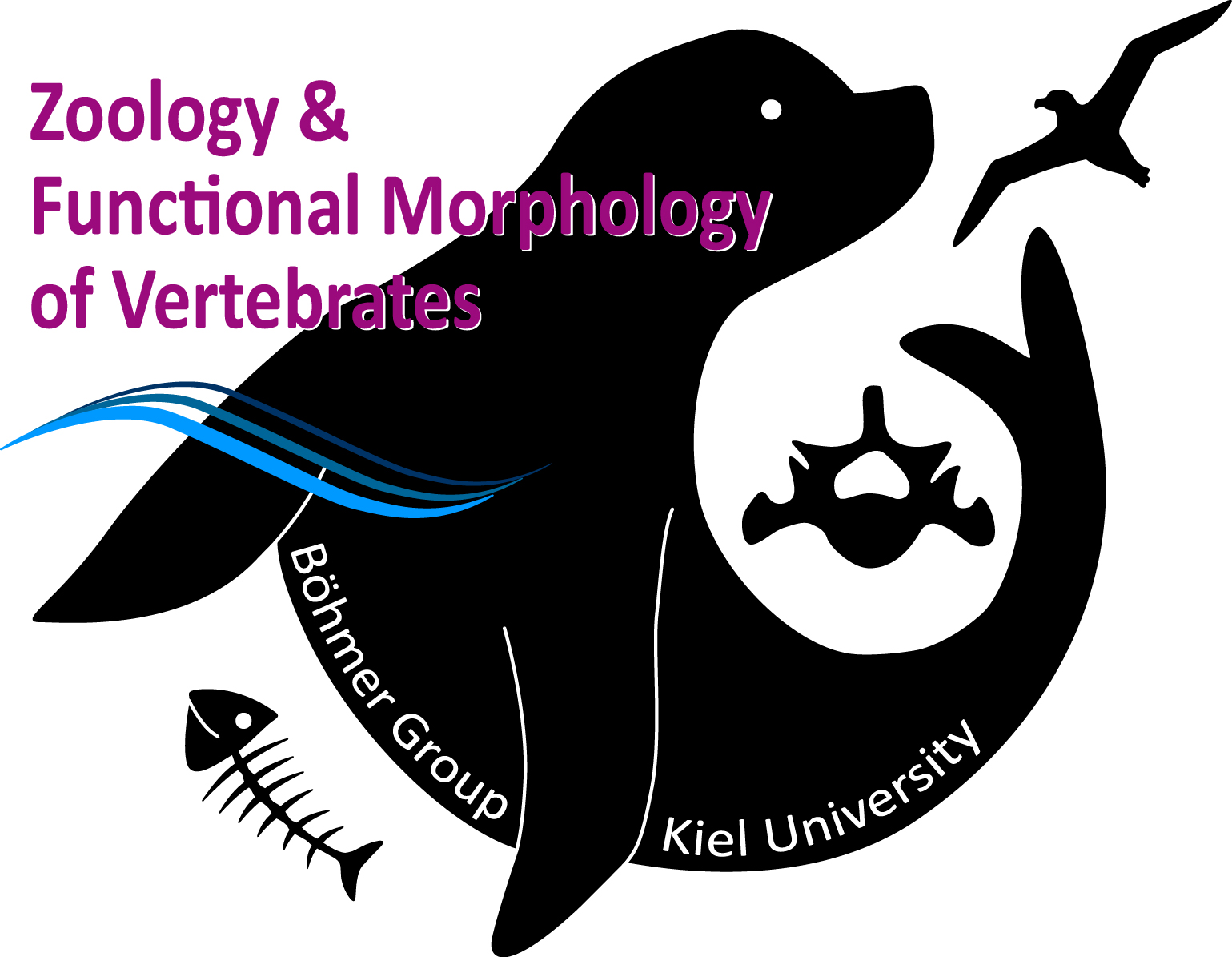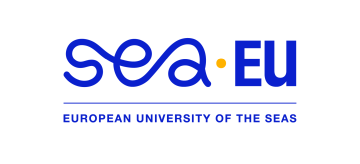
2021 - present: W2 professor, Christian-Albrechts-Universität zu Kiel, Germany
2020 - 2021: Postdoc, Ludwig-Maximilians-Universität München, Germany (Marie Sklodowska-Curie Actions Individual Fellowship)
2020: Postdoc, Muséum National d'Histoire Naturelle, Paris, France
2019: Visiting professor, Universität Wien, Austria
2015 - 2019: Postdoc, CNRS/Muséum National d'Histoire Naturelle, Paris, France
2014: Postdoc, RIKEN Center for Developmental Biology, Kobe, Japan (RIKEN fellowship & fellowship by German Academic Scholarship Foundation)
2010 - 2013: PhD (Palaeontology), Ludwig-Maximilians-Universität München, Germany (fellowship by German Academic Scholarship Foundation)
2010: Visiting researcher, University of Chicago, USA (DAAD fellowship)
2007 - 2009: Master of Science Geological Sciences, Ludwig-Maximilians-Universität München, Germany
2004 - 2007: Bachelor of Science Geosciences, Ludwig-Maximilians-Universität München, Germany
The focus of our research lies on the evolution of vertebrates. Fishes, amphibians, reptiles, birds and mammals have evolved over millions of years to survive challenging conditions. This lead to a tremendous number of different species (biodiversity), but also resulted in a wide morphological variety (disparity). Physically different habitats, such as the transition from a life in water to a life on land, imposed manifold pressures on the organisms. These dramatic differences of the respective environment require adaptations in the structure and function of the organismal body.
Using classic as well as cutting-edge techniques, we address the following scientific questions:
1. What is the structural organisation of the organismal body?
We investigate the morpholgy of the bones and the anatomy of the musculature and how both are linked with each other.
2. How does the musculoskeletal system work?
We compare the structure and study the relation between form and function.
3. How has the structure developed?
We analyze the embryological mechanisms that underlie the evolution of the structure.
During the course of their evolution, organisms developed diverse structural solutions. These "inventions" of nature are highly interesting for scientists, physicians and engineers because they may provide models for innovative solutions in architecture, industry and medicine. Even the human body is the result of a million year long evolution. The key to understanding its structure and function, is the evolutionary history of vertebrates.
Further reading: Selected publications.
Imaging (2D, 3D), geometric morphometrics, comparative anatomy, quantitative dissection, EvoDevo, gene expression analyses, palaeopathology
López-Romero FA, Stumpf S, Kamminga P, Böhmer C, Pradel A, Brazeau MD and Kriwet J (2023) Shark mandible evolution reveals patterns of trophic and habitat-mediated diversification. Communications Biology. DOI: 10.1038/s42003-023-04882-3
Van Wassenbergh S, Ortlieb EJ, Mielke M, Böhmer C, Shadwick RW and Abourachid A (2022) Woodpeckers minimize cranial absorption of shocks. Current Biology. DOI: 10.1016/j.cub.2022.05.052
Müller M A, Merten L, Böhmer C and Nyakatura J A (2021). Pushing the boundary? Testing the ‚functional elongation hypothesis‘ in the giraffe’s neck. Evolution. DOI: 10.1111/evo.14171
Böhmer C, Prevoteau J*, Duriez O and Abourachid A (2020) Gulper, ripper and scrapper: anatomy of the neck in three species of vultures. Journal of Anatomy 236 (4): 701-723. DOI: 10.1111/joa.13129
Böhmer C, Fabre AC, Taverne M*, Herbin M, Peigné S and Herrel A. (2019) Functional relationship between myology and ecology in carnivores: do forelimb muscles reflect adaptations to prehension? Biological Journal of the Linnean Society 127 (3): 661-680. DOI: 10.1093/biolinnean/blz036
